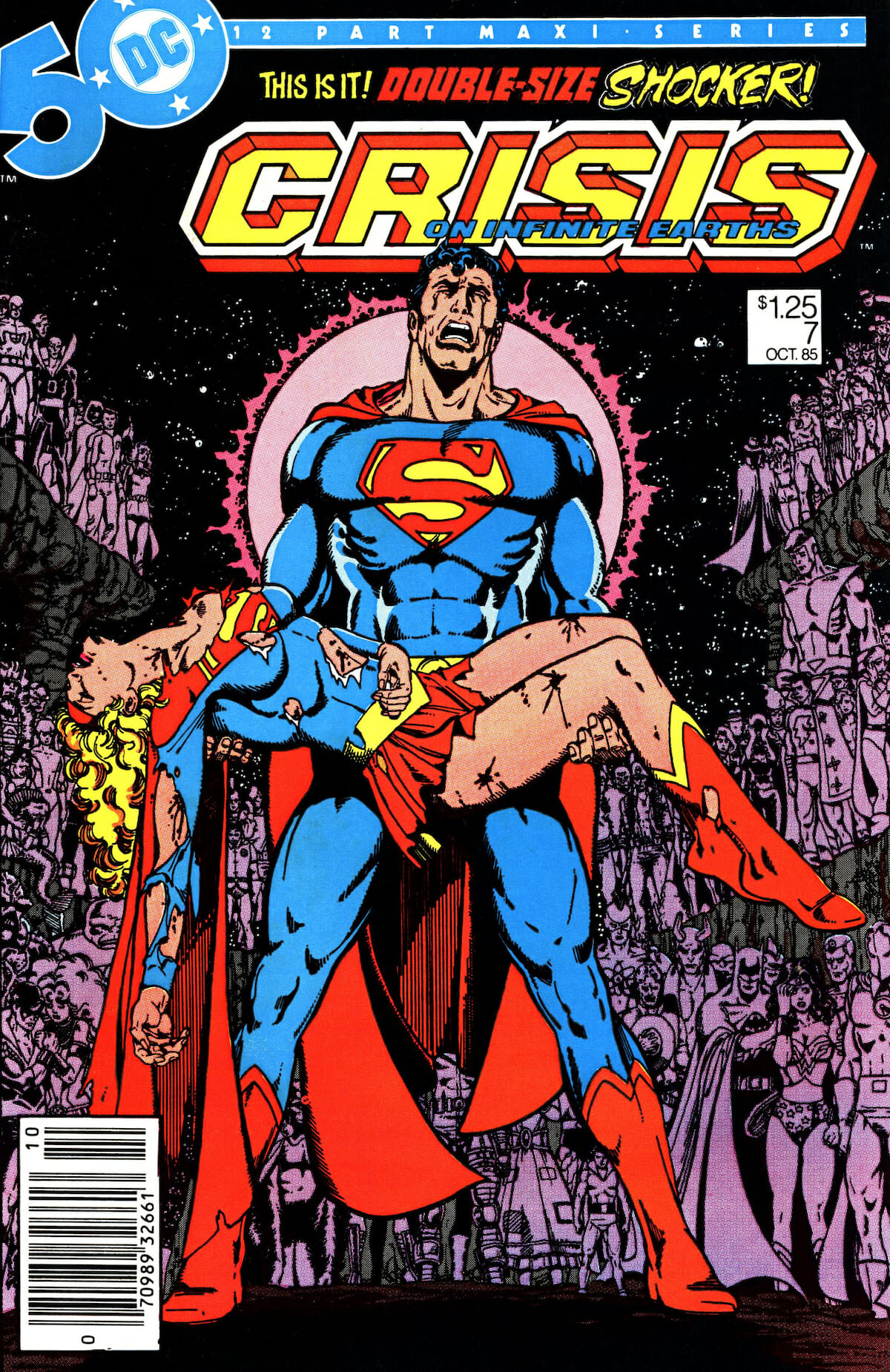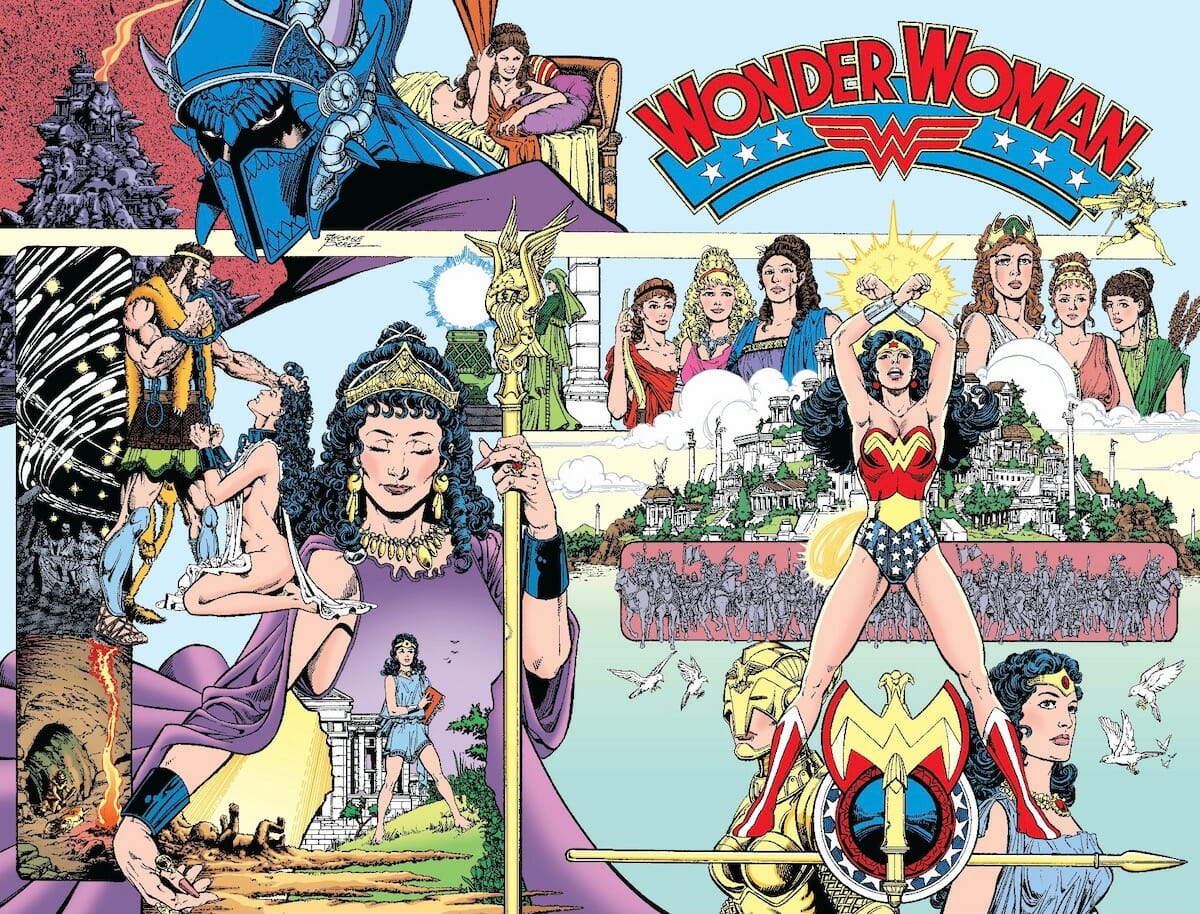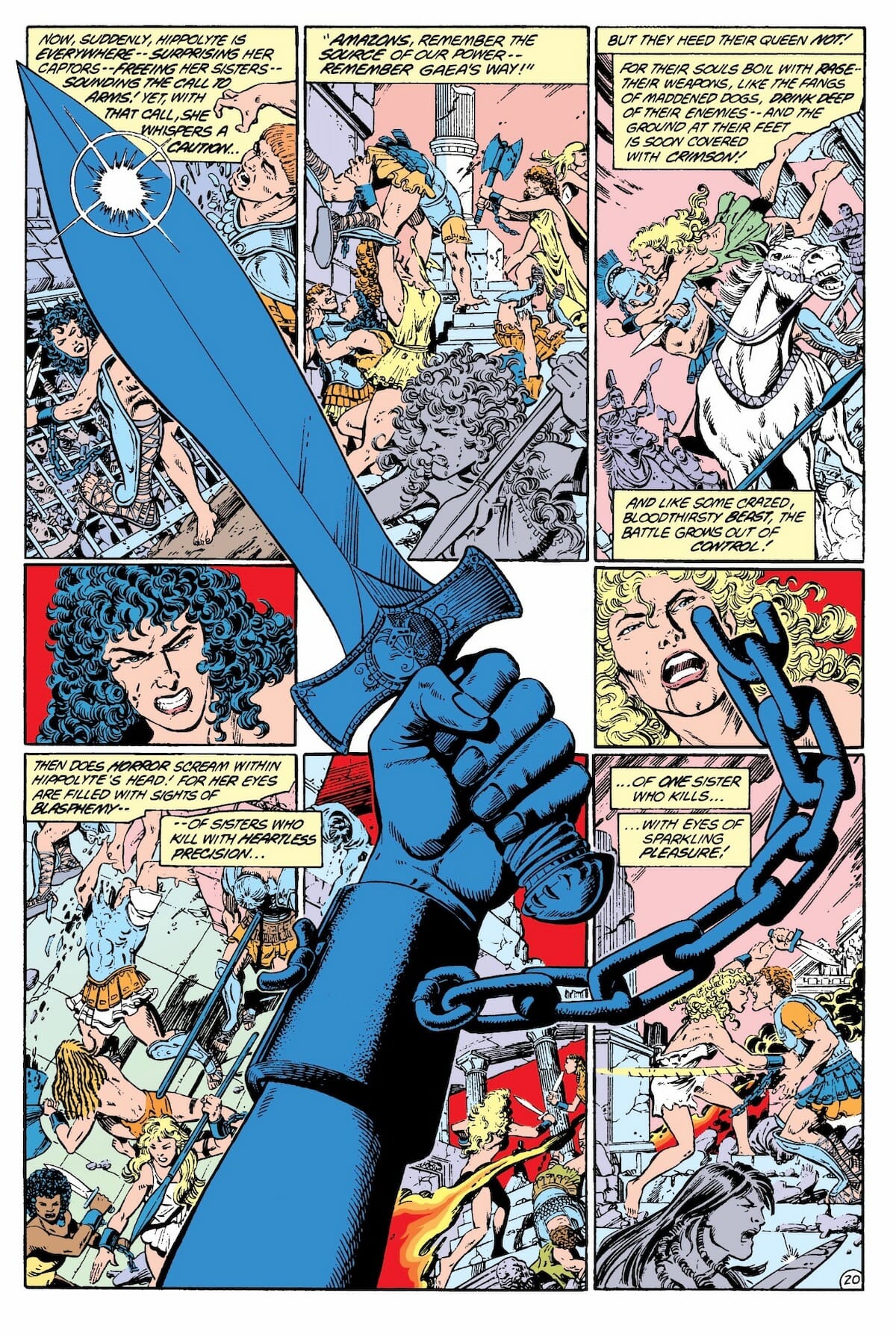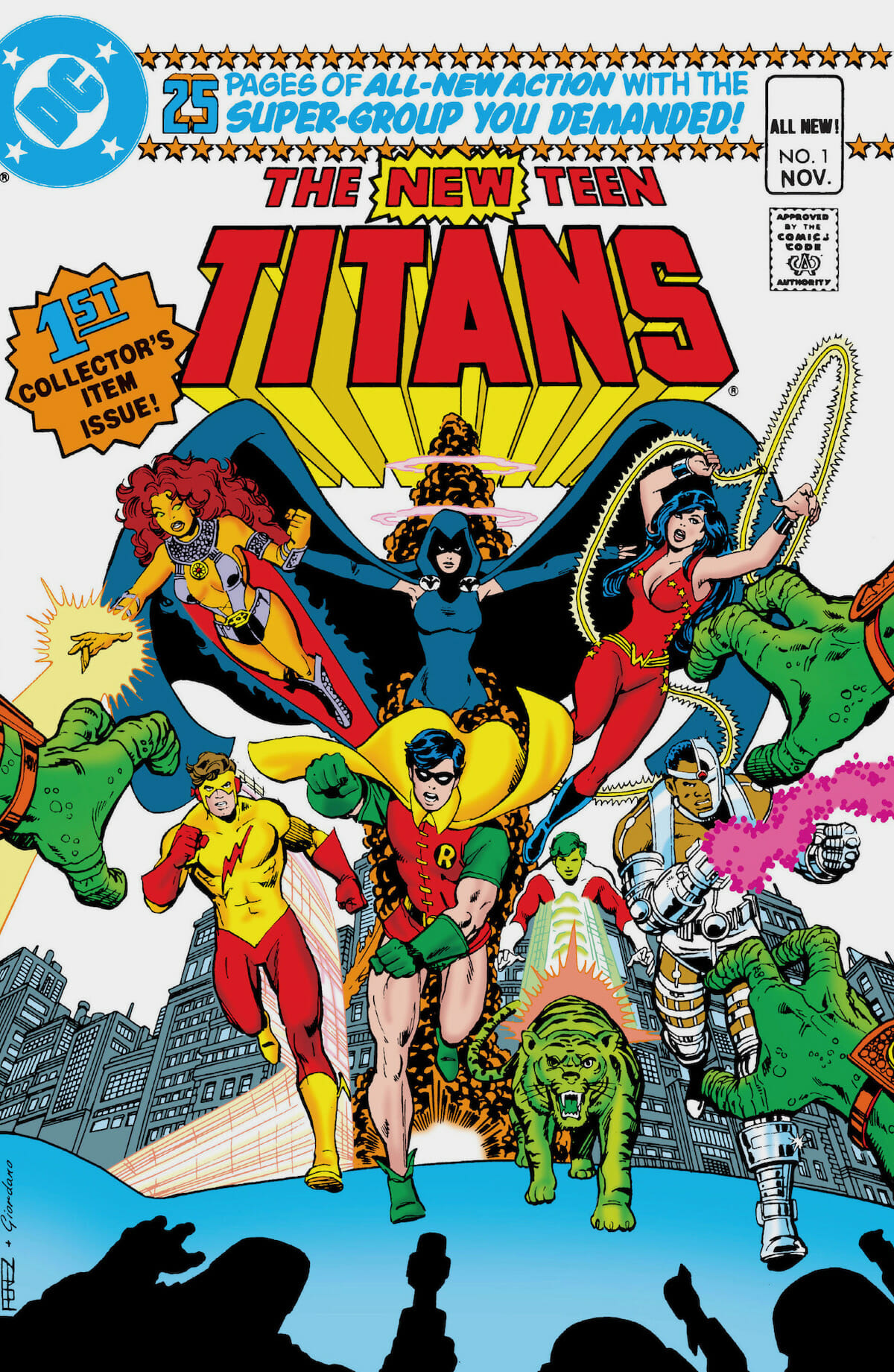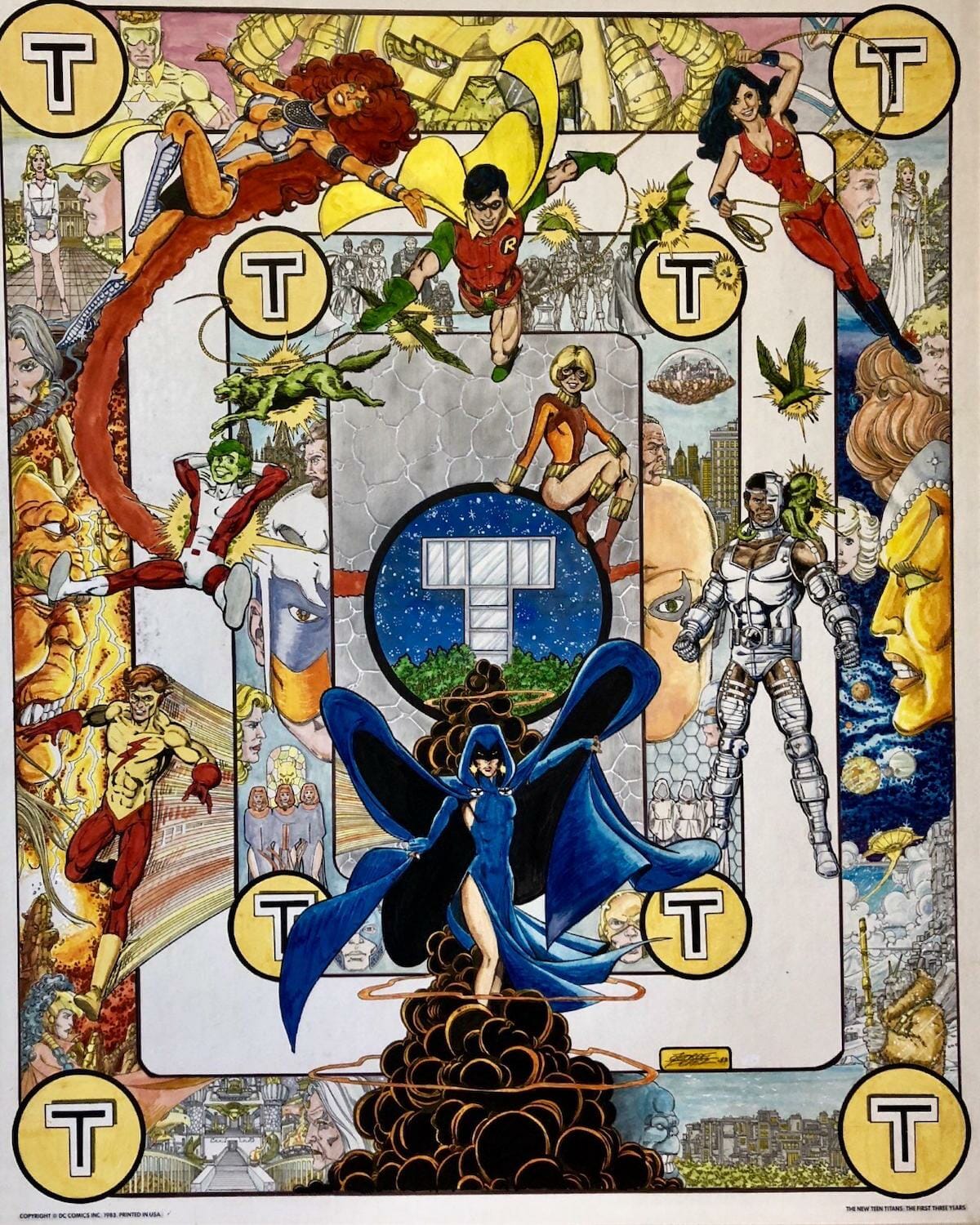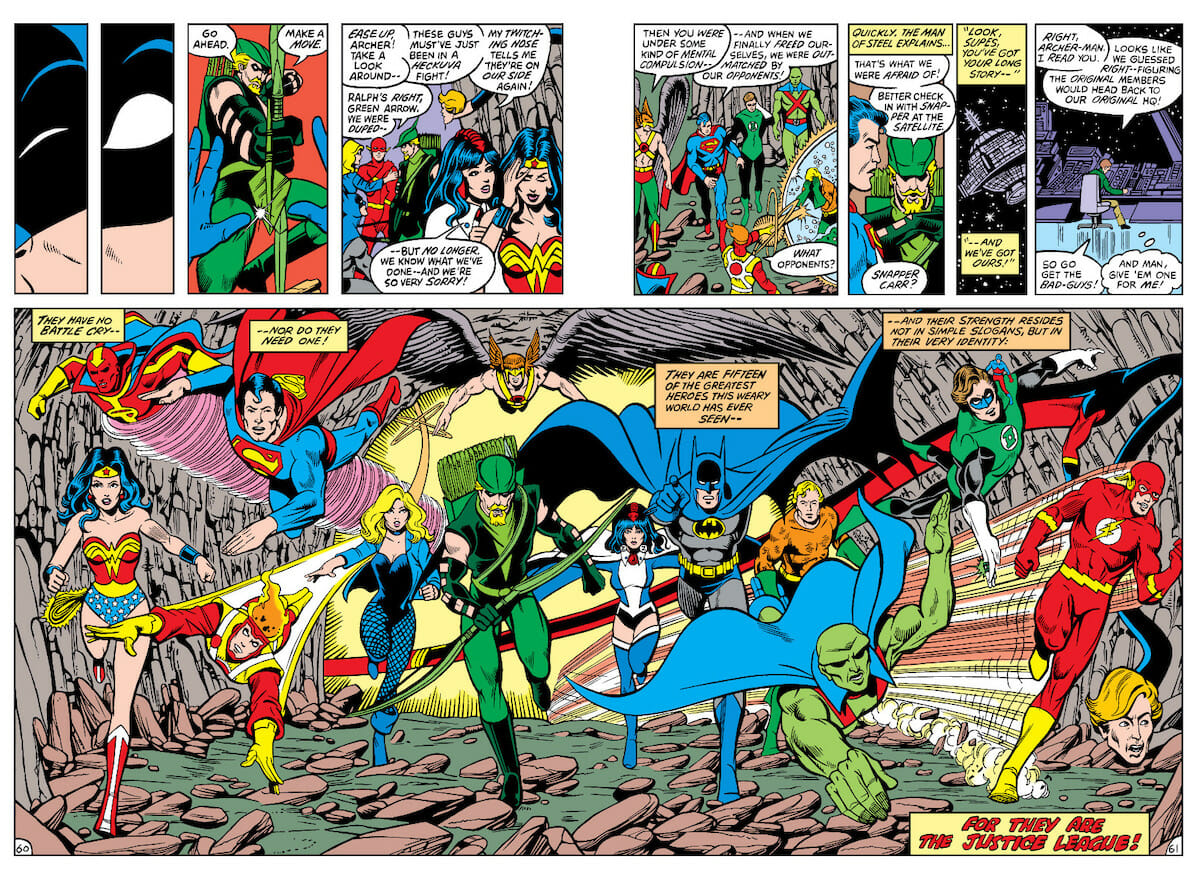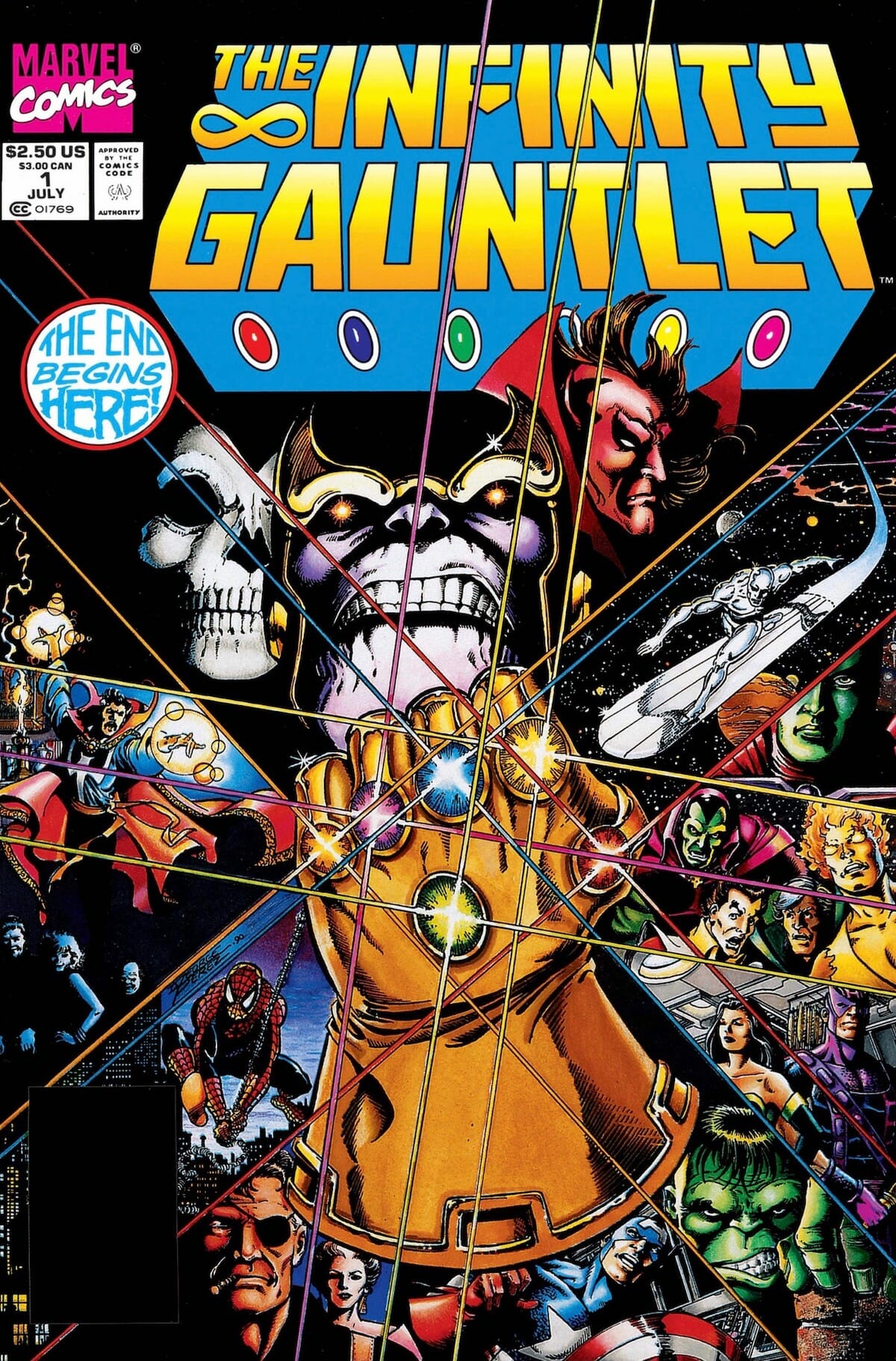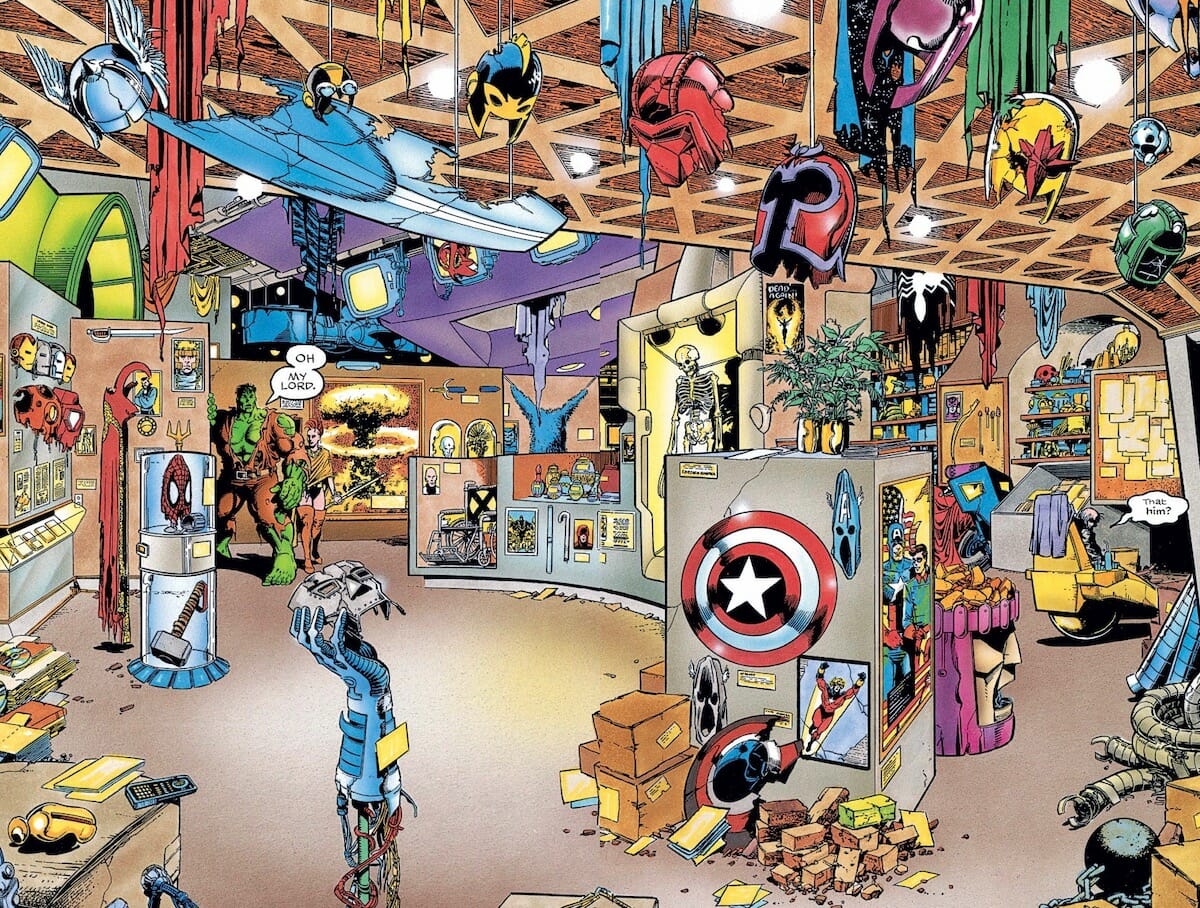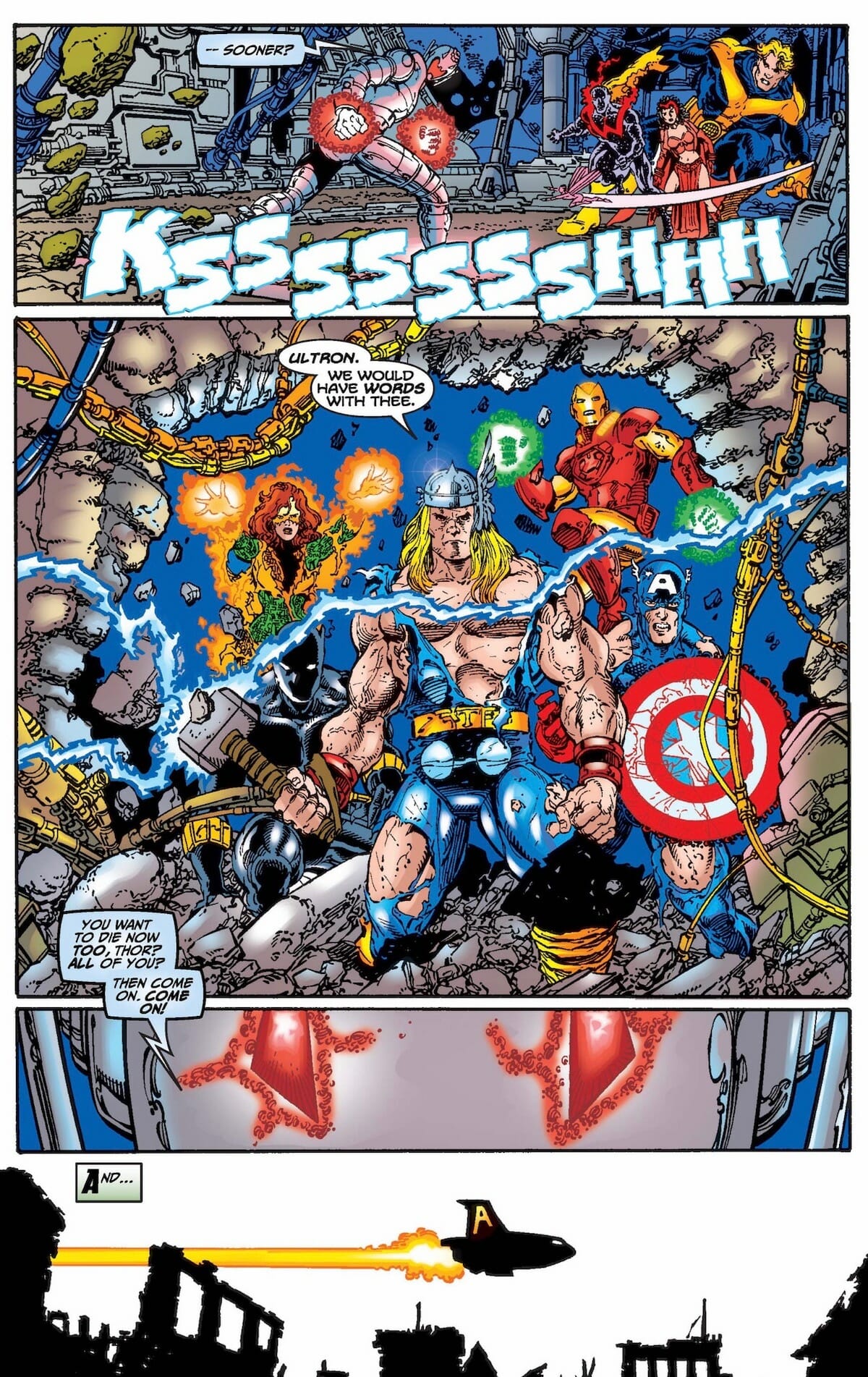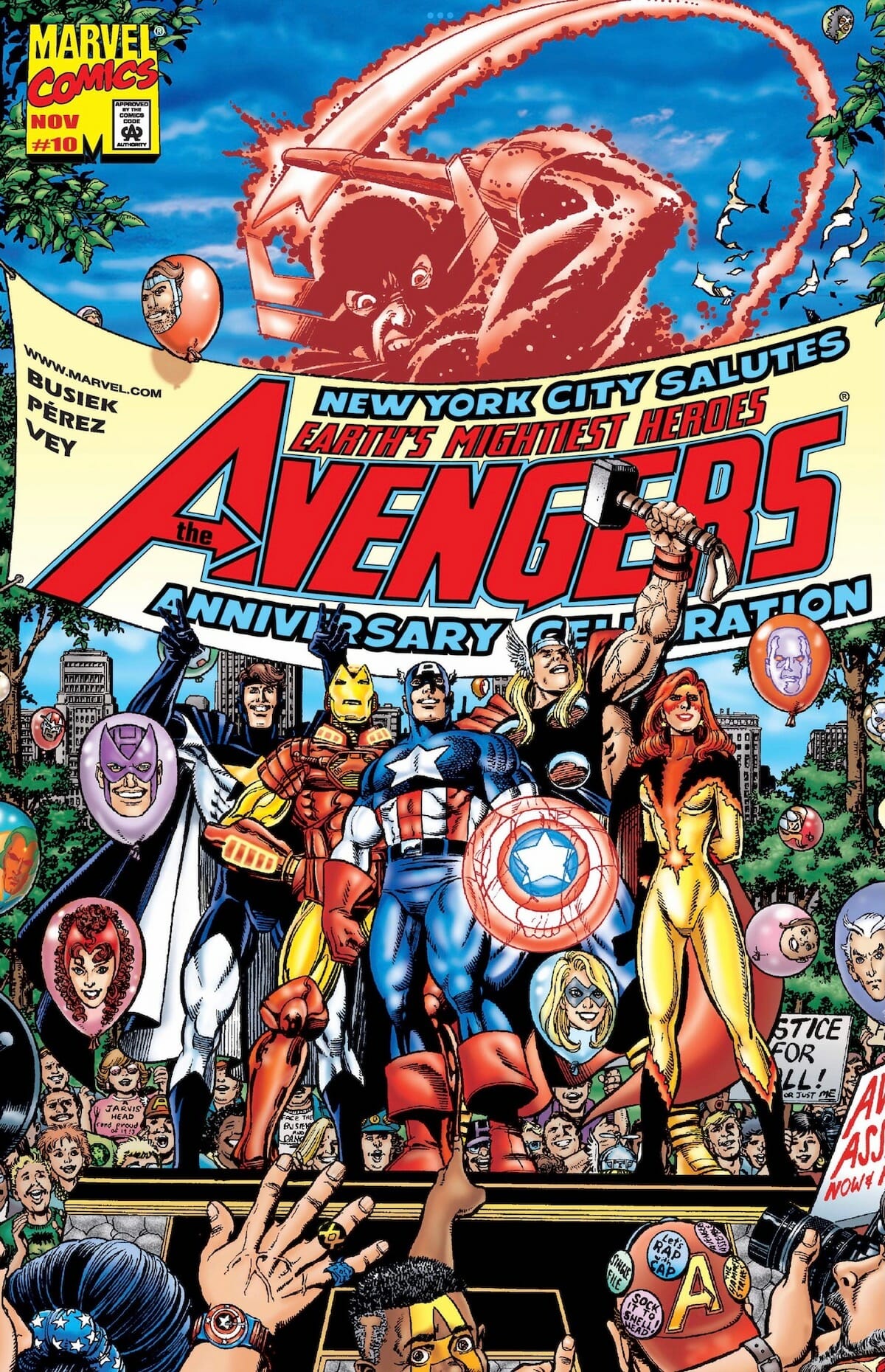Last week’s announcement by fan-favorite creator George Pérez that he has been diagnosed with inoperable pancreatic cancer prompted a wave of sadness from fellow comics creators and fans, entirely understandably. But it also prompted something else, something potentially rarer: an opportunity for people to tell Pérez how important he and his work was to them while he still had the chance to hear it for himself.
It’s no exaggeration to say that Pérez is an artist whose work defined superhero comics for multiple generations of readers. He broke into the industry almost half a century ago, making his professional debut as penciller in 1974’s Astonishing Tales #25, having spent some months working uncredited as an assistant to Marvel mainstay Rich Buckler.
Within a few years, he was the regular artist on The Fantastic Four, and later, The Avengers, two of Marvel’s most high-profile titles at the time, and two titles that set the agenda for superhero comics as a genre. To be reading U.S. comics in the 1970s meant that you were at least familiar with Pérez’s work, if not a huge fan.
Of course, it wasn’t until the following decade that Pérez’s career arguably went supernova. He left Marvel for DC, where circumstance led him to relaunch Teen Titans with writer Marv Wolfman. Reportedly seeing the title as a soon-to-be-cancelled audition for the Justice League of America title he truly wanted to work on, The New Teen Titans proved to be a smash hit for a publisher that, at the time, simply didn’t get smash hits. The combination of Wolfman’s pitch perfect mix of soap opera and superheroics and Pérez’s dynamic artwork was unlike anything else DC was publishing at the time, and the injection of a Marvel-style energy into DC’s mythology revitalized the company in a way few could have predicted.
New Teen Titans was, of course, only the beginning; Wolfman and Pérez moved from that series to the iconic Crisis on Infinite Earths, the event comic that redefined not just DC, but superhero comics as a whole. To this day, more than three decades later, Pérez’s work on that series has never been equalled in its obsessive scope and detail, with the artist seemingly obsessed with the potential of one comic to include every single leading character a company had published to that point, yet managing to make each page read as clearly and dramatically as possible. Given that the story was filled with dramatic moments intended to pull at fans’ heartstrings — The Flash’s sacrifice! Supergirl’s death! A grief-stricken Superman! — it says something about the power of the art that it’s Pérez’s visuals that most people think of first when remembering the series. How many comic artists are so good that they overrule the destruction of half a century’s worth of beloved stories and the death of some fan-favorite heroes?
Pérez’s follow-up to the monolithic Crisis (and its unofficial epilogue, History of the DC Universe) was, on first glance, somewhat out of left field. Wonder Woman may have been a longstanding member of DC’s unofficial “trinity” of lead characters, as well as the most high profile female superhero in and out of comics, but it was fair to say that it had been decades since she’d been a bestseller or even a fan-favorite — two things that changed as a result of Pérez’s work writing and drawing a full-scale reboot of the hero and her mythos.
Wonder Woman demonstrated significant growth from Pérez in a couple of areas; firstly, his artwork continued a trajectory that had begun during his Titans work, shifting further away from generic facial and body types and giving an authenticity and ethnicity to the characters he depicted. (This was, arguably, the most Greek Wonder Woman had appeared to this point, despite the character having been connected to Greek mythological figures for decades.) Secondly, it was a project that established him as a writer, as well as an artist — to the point that he would continue to write the series even after departing as artist. As with his line work, Pérez the writer would display surprising sensitivity and subtlety, but know exactly when to drop a show-stopping moment of drama. He’d learned from his collaborators through the years — there’s definitely a touch of Wolfman in his writing — but he was, unmistakably, his own man.
If much of the 1990s left Pérez adrift — as an artist, he’d go from a New Titans return to Action Comics, only producing a handful of issues on each, before leaving DC for half of Marvel’s The Infinity Gauntlet, and then some work for indie publishers like Topps and Malibu — he enjoyed a career renaissance as the artist on the late ‘90s Avengers revival for Marvel, working with Kurt Busiek to bring “Earth’s Mightiest Heroes” back to the spotlight as the company worked to recover from bankruptcy. The success of the series, which came to life under Pérez’s pencil, brought an all-new fanbase for the artist that had been too young — if, perhaps, not even born yet — the first time he’d been working on the title.
Pérez’s second Avengers run is a beautiful demonstration of how he’d evolved as an artist through the years; despite featuring many of the same characters, the two runs look like the work of different people, with the latter period featuring figures and faces with such specificity and precision that they brought to mind real people, rather than four color heroes on a two-dimensional page. During his latter stay on the title, Pérez also demonstrated the attention to obsessive detail that made Crisis on Infinite Earths such a time-suck of a pleasure for fans — just the sight of a seemingly endless army of Ultrons attacking the heroes was uniquely Pérez, displaying a passion for his work that few others come close to matching.
Over the past couple of decades, Pérez worked on shorter projects — although many, such as his art for the 2006 relaunch of The Brave and the Bold, or his creator-owned series Sirens, are no less eye-catching and worthwhile because of that — before retiring in 2019 for health-related issues, including vision problems stemming from near-blindness in his left eye; he’d also suffered a heart attack a couple of years earlier. He was 65 at the time, and had drawn the majority of characters for each of the Big Two comics publishers, as well as a host of favorite stories for fans of all generations. His retirement was the capstone to a career that many would describe as one of the more successful for any comic book artist.
Writing on Facebook in response to the outpouring of love that greeting the news of his cancer diagnosis, Pérez said, “Words cannot adequately express how overwhelmed I am by the enormous number of comments expressing so much support and affection for me.” He continued, “I am blessed beyond my worth and humbled by your favor.” It’s a sign that the man was as gracious as his art is beautiful. It’s a wonderful thing that people are singing his praises so loudly while he can hear them. We should do more of that, for him and for others.
[Post updated: 05/09/2022] George Perez passed away Saturday May 7th 2022. The comics community lost a giant.



